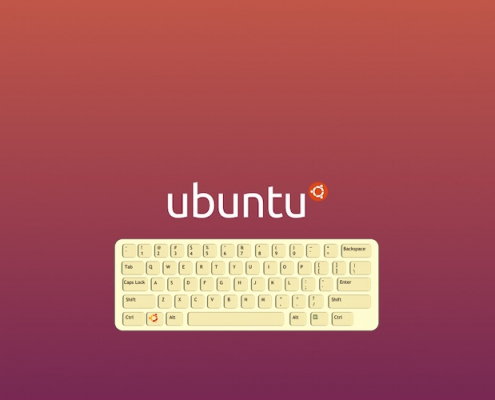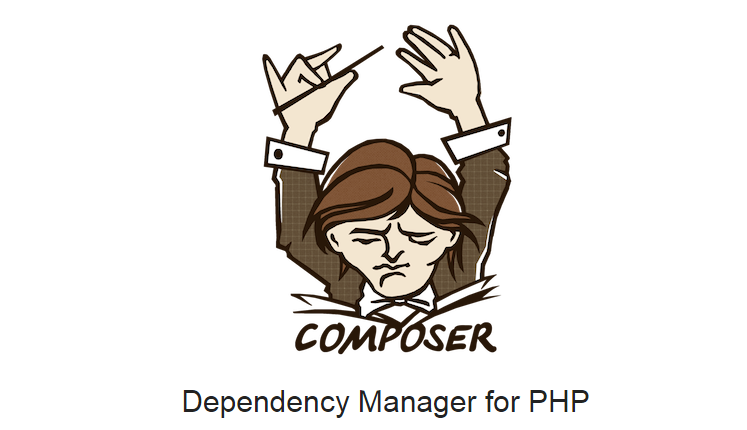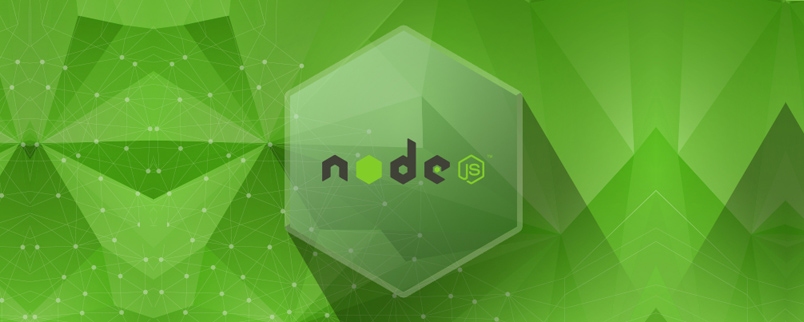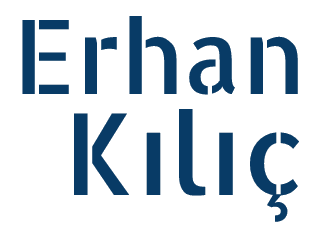Yazılar

Kendi Git Sunucunuzu Kurma
0 Yorumlar
/
Kendi git sunucunuzu kurmak çok faydalıdır. VPS, VDS, Dedicated…

Ubuntu’da Kısayol Nasıl Oluşturulur
Ubuntu işletim sisteminde iki konuma kısayol oluşturulabilir;…

Ubuntu’ya Linux, Apache, MySQL ve PHP (LAMP) Kurulumu
Ubuntu'ya Varsayılan LAMP Paketini Yükleme
LAMP'ı en kolay…
 https://erhankilic.org/wp-content/uploads/2015/11/composer-homepage.png
430
747
Erhan Kılıç
https://erhankilic.org/wp-content/uploads/2018/03/lastlogo.png
Erhan Kılıç2015-11-04 14:29:092018-07-04 21:07:10Ubuntu’ya Composer Kurulumu
https://erhankilic.org/wp-content/uploads/2015/11/composer-homepage.png
430
747
Erhan Kılıç
https://erhankilic.org/wp-content/uploads/2018/03/lastlogo.png
Erhan Kılıç2015-11-04 14:29:092018-07-04 21:07:10Ubuntu’ya Composer Kurulumu
Ubuntu’ya Node.js ve NPM Kurulumu
Ubuntu'ya Node.js ve NPM kurulumu basit bir işlemdir. Öncelikle…

Ubuntuya Linux, Apache, MySQL, PHP (LAMP) Nasıl Yüklenir?
Ubuntu'ya Varsayılan LAMP Paketini Yüklemek
Eğer en kolay…
